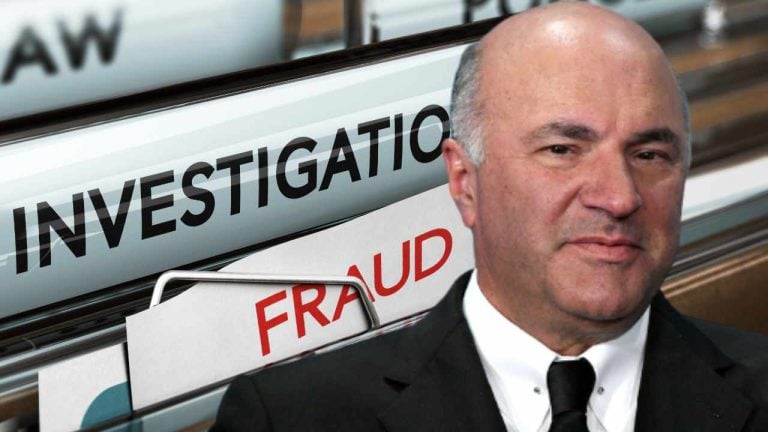
A 75-minute recording, obtained by Cointelegraph, shows the exact moment former Alameda Research CEO Caroline Ellison told employees about their use of FTX customer deposits.
A 75-minute secretly recorded audio clip of Caroline Ellison has revealed the exact moment 15 former Alameda Research staff found out the hedge fund was “borrowing” user funds from FTX.
The full-length recording, obtained by Cointelegraph, provides fresh insights into the palpable tension felt by Ellison and Alameda staff in the lead-up to FTX’s collapse.
“Alameda was kind of borrowing a bunch of money via open-term loans and using that to make various illiquid investments. So like a bunch of FTX and FTX US equity [...] Most of Alameda's loans got called in in order to meet those recalls,” Ellison explained during an all-hands meeting in Hong Kong on Nov. 9, 2022.
“We ended up like borrowing a bunch of funds from FTX, which led to FTX having a shortfall in user funds.”
“[FTX] basically always allowed Alameda to borrow users’ funds,” she added, speaking to the 15 or so staff in the meeting.
Select segments of the audio recording of the meeting were also played before the court on the eighth day of Sam Bankman-Fried’s criminal trial on Oct. 12, which was part of a witness testimony from Christian Drappi, a former software engineer at Alameda.
Drappi’s appearance on the witness stand came immediately following nearly three days of Ellison’s testimony. It is understood that before the meeting, Drappi and many other Alameda employees had no idea that the hedge fund had allegedly been using FTX customer deposits to prop up its trading activity.
In the recording, Drappi is also overheard asking Ellison when she became aware that FTX user deposits were being misused by Alameda, and who else at the company had known about it.
Initially Ellison flinched away from answering, but Drappi pressed again:
“I’m sure this wasn’t, like, a YOLO thing, right?”
Related: Changpeng Zhao’s tweet ‘contributed’ to collapse of FTX, claims Caroline Ellison
According to court reporting from the trial, the playback of this audio led to one of the more humorous moments in court, where Drappi had to explain the term “YOLO” to everyone in attendance, saying that he wanted Ellison to confirm that the use of FTX deposits hadn’t just been a “spontaneous” decision.
In his testimony, Drappi also described Ellison’s conduct at the meeting as “sunken” and didn’t display much in the way of confidence to Alameda employees. He said that he was “stunned” to learn about the extent of the relationship between FTX and Alameda, and he quit the next day.
Speaking to Cointelegraph, Alameda Research engineer Aditya Baradwaj, who was also present at the meeting said the room was “extremely tense,” with Ellison surfacing a wealth of new information that had “never been discussed internally” — including the later-abandoned acquisition of FTX by its then-largest competitor Binance.
“It became pretty clear that there was no future for the company and that we all had to leave. And we did that right after,” said Baradwaj.
Magazine: How to protect your crypto in a volatile market — Bitcoin OGs and experts weigh in




